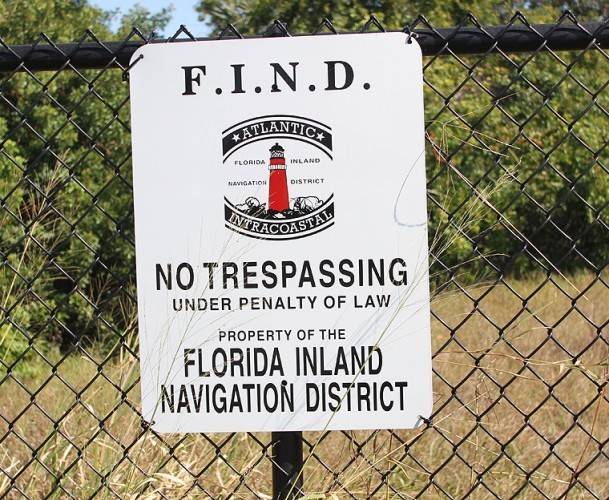INDIAN RIVER COUNTY — The Army Corps of Engineers finally will dredge the Intracoastal Waterway between the Wabasso Bridge and Indian River/Brevard county line next summer and fall.
“I just received an update from the Corps and they are designing the project now to put it out to bid,” says Mark Crosley, executive director of the Florida Inland Navigation District. “They hope to be digging by August, and the dredging should take three months to complete.”
The muck-removal project, which has been delayed for years by public opposition and a lack of money, is intended mainly to benefit boaters and ensure safe navigation, but it will also aid the ecology of the lagoon in one of the areas hardest hit by nutrient overload and seagrass loss.
FDEP – Florida Department of Environmental Protection – has identified organic material in muck on the floor of the lagoon as a significant source of the nutrients that fed destructive algae blooms in 2011 and 2012.
The blooms, along with other as yet unexplained factors, wreaked havoc in the lagoon environment, leading to unprecedented seagrass destruction, loss of fish, and death among marine mammals, including bottlenose dolphins and manatees.
Most of the lagoon is only 3-to-5 feet deep, but the Intracoastal Waterway channel is supposed to be maintained at a 12-foot depth so large boats can travel safely up and down the coast.
Muck – a mixture of sand and decayed organic material – tends to settle in the channel, gradually reducing its depth and potentially interfering with navigation. When storms or currents roil the waterway, organic material in the channel churns up and clouds the water, cutting off light seagrass needs to survive and feeding algae blooms.
“The nice thing about the dredging is that besides keeping the channel clear, we get rid of the fine material that increases turbidity in the lagoon,” says Crosley. “That fine particulate muck is a negative to the system, so it is good to get it out of there.”
Public opposition to the project in Reach 1, which is what FIND and Corps call the stretch of the lagoon north of Wabasso Bridge, has focused mainly on a 72-acre muck containment pit FIND completed in 2012 at Duck Point in Sebastian.
The Corps plans to pump 140,000 cubic yards of dredge material into the pit, where it will dry out and solidify, and people living near the pit have been worried about possible contaminants in the muck.
FIND, a special taxing district created by the Florida Legislature in 1927 to create and keep open a waterway along Florida’s Atlantic Coast, began planning the dredging project and storage pit in 1997.
At that time, the district did some sediment testing, which found no toxic material, and held public meetings to inform residents.
By the time pit construction began in 2011, the population of Sebastian had doubled and new communities had been built near the containment area. Caught by surprise when bulldozers started to roll, residents who had never heard of the project and were unclear about its scope and purpose were angry and fearful.
Hostility to the project increased when local groups realized FIND had not tested the muck it planned to store near their homes in 14 years.
FIND eventually agreed to retest the muck, hiring Delray Beach-based American Vibracore Services for $76,000 to take sediment samples from three shoaling sections of the Intracoastal Waterway.
Tests were conducted for more than 60 substances and the muck turned out to be remarkably clean, with no pesticide or petroleum contamination.
Samples showed traces of arsenic, but not at dangerous levels. The project got a green light, but funding shortages caused further delays.
Now that dredging is finally scheduled to go ahead, Crosley is optimistic public fears have been put to rest.
“Hopefully we have alleviated all the concern. We have done additional work on this project, above and beyond what we normally do, to try and allay any worries people may have had.”

